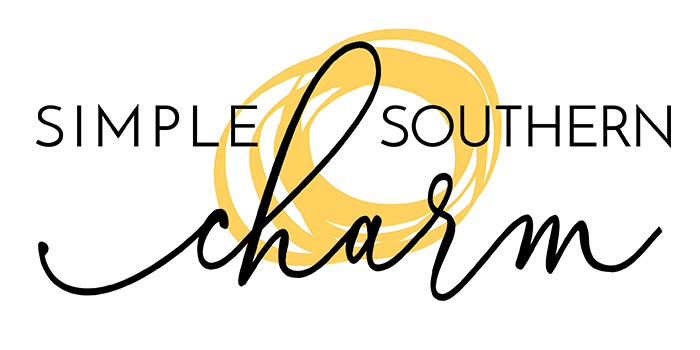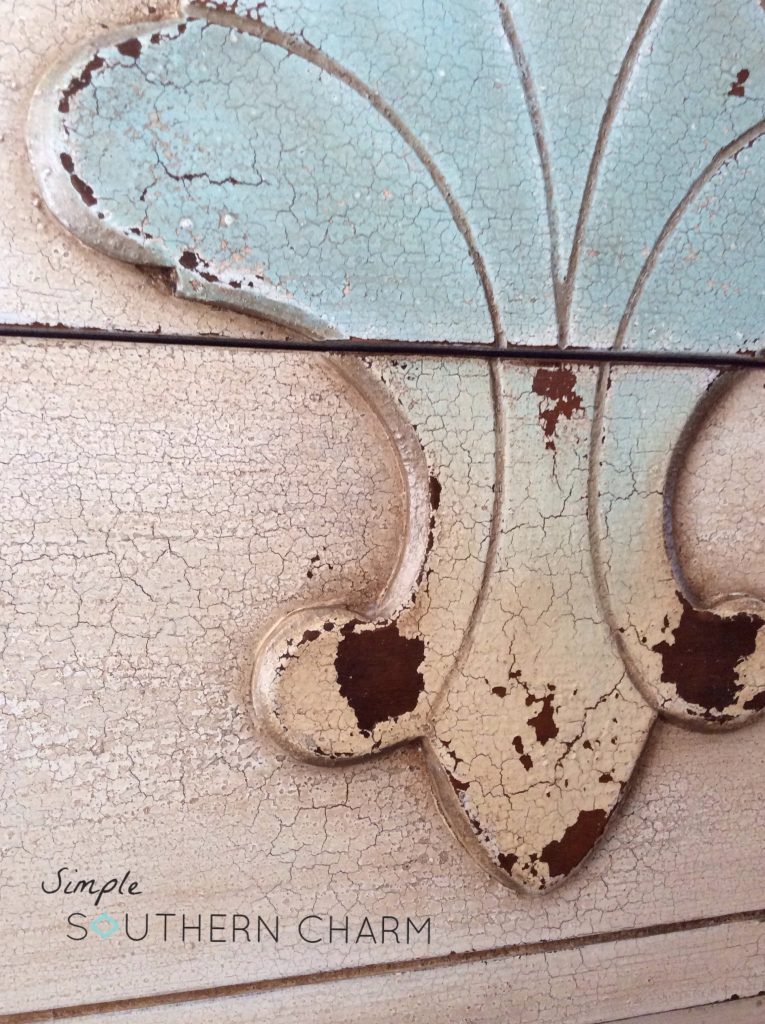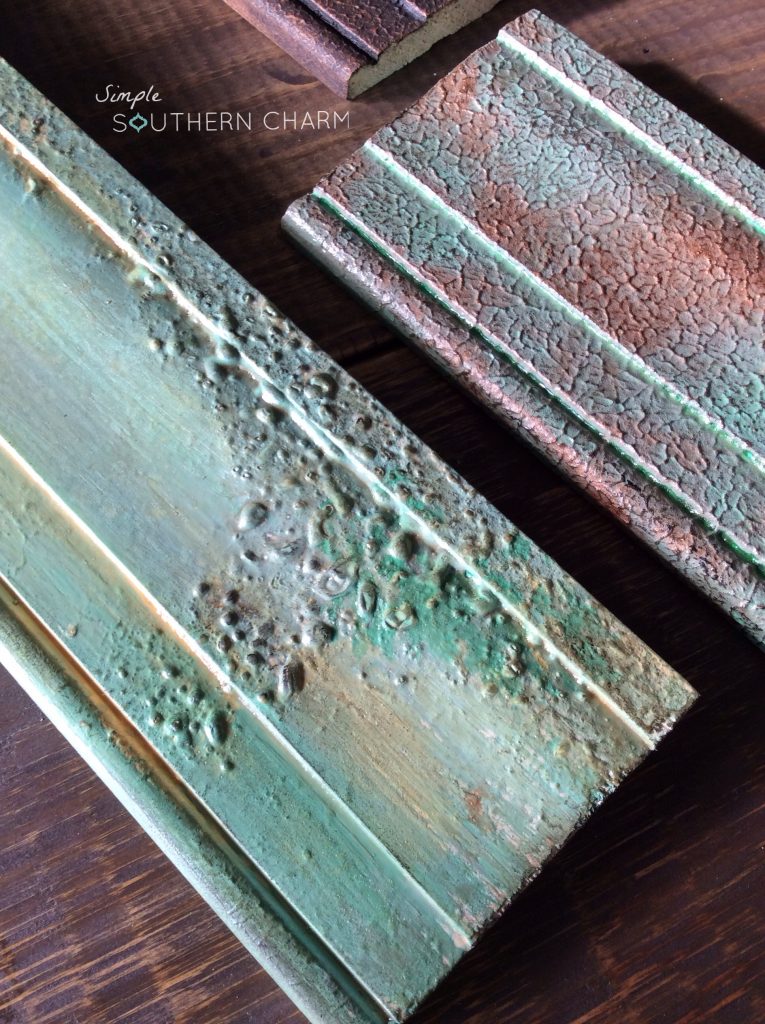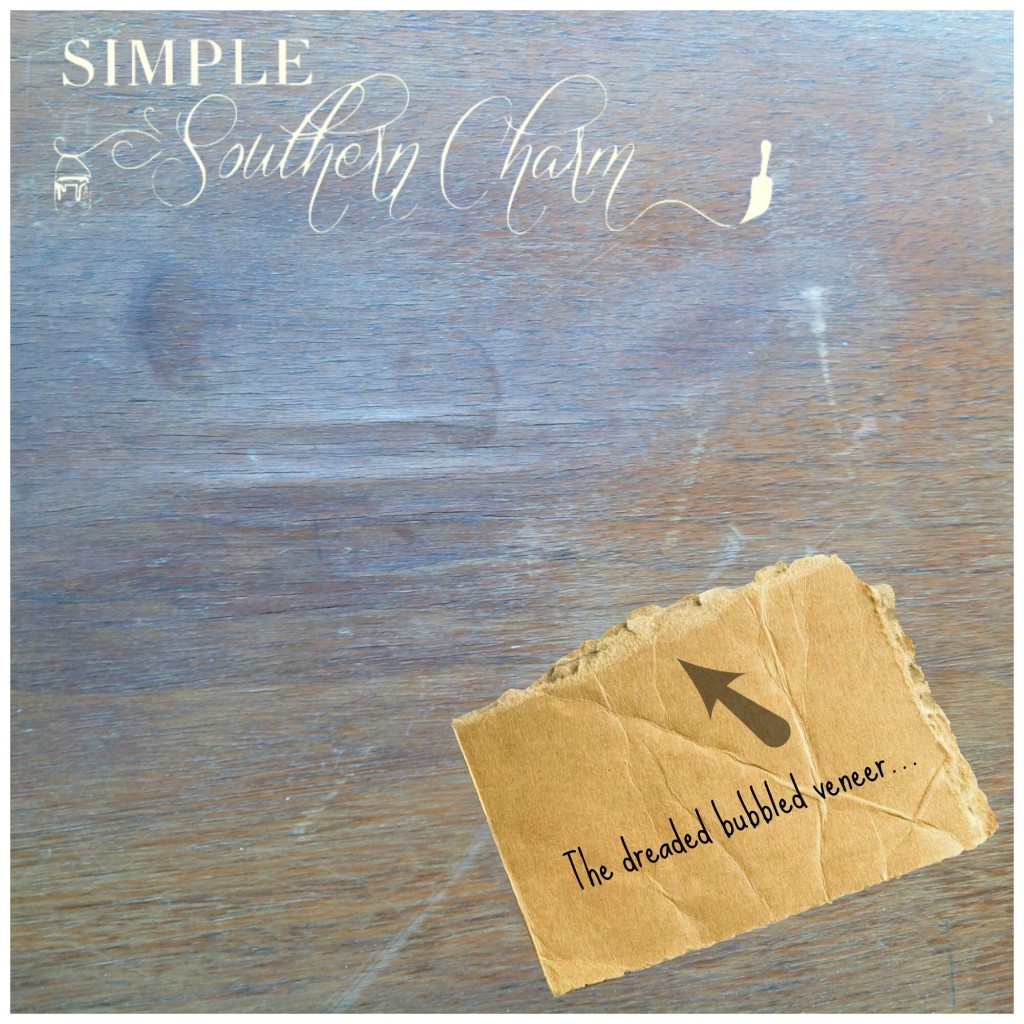Fun with Fusion™ Transfer Gel
Today we’re playing with a medium that admittedly, I’m a newbie with. Let me say from the jump, if I can do this you can too!
Alrighty, let’s talk Fusion™ Transfer Gel! Since this was really my first attempt at using a transfer product, I wasn’t sure what to expect. For those of you who have played with mod podge, transfer gel is different in that it provides a means of transferring the actual image, so your end result is just a picture with little to no paper remaining on the piece. I played it safe and grabbed a canvas. You can definitely use it on furniture too. From having done a bit of research, I’d found that using an image printed from a laser printer was best. Luckily, I had some left over custom paper so I grabbed it and got started. (I read from several sources, that you can also use images printed on an ink jet, but I haven’t tried that out.)
I was anxious to get going, so I dipped a cheapie chip brush into the transfer gel and started applying. After I had the entire canvas covered, I went in, evened out the coat and got all my brush strokes going in the same direction. I’m not sure that brush strokes really matter, but I like uniformity and it made for a prettier pic for y’all. I applied the product just under the thickness of a dime.
After I was sure I’d covered the canvas thoroughly, I placed the piece of paper face up on the table and the wet side of the canvas directly on top of it. I found it easier to apply the canvas to the paper because I hadn’t cut my image to size and was counting on the excess paper to be my guide for positioning. Once I got everything in place, I rubbed my hand over the back of the canvas several times to begin working out any bubbles. Since canvases can be a bit flexible, I kept it turned over and with a kitchen tool (you can use a credit card too), I began to work out the excess gel, pushing it to the sides. Keep a paper towel handy so you can wipe away any excess. I flipped the canvas over and saw that there were still some wrinkles around the edges, most of which I was able to work out. I left one or two just to add a bit of character…that, and I didn’t want to overwork the paper and cause it to tear.
If you’re a patient person, more power to ya! It’ll take about 10 hours for the medium to dry and for you to begin the next step. As it so happens, I’m about the most impatient person on the planet and want to see the fruits of my labor like yesterday. I may or may not have taken a heat gun to my canvas to expedite things a bit. Again, having never done this before, I had no idea what the outcome would be. I heat gunned the entire piece on and off for about 10 minutes. Let me just say, proceed with caution as heat guns get really hot, but it worked like a charm!
I have a special craft sponge, aka, the yellow and green kitchen sponges that are cut down small so no one uses them on the dishes. I saturated it completely, and didn’t squeeze out any excess water. As I began pressing the sponge onto the paper, the image began to show through. I gently started to rub away the paper. Remember as a kid, balling up Elmer’s glue that was drying on your hands? Same principle here. You’ll be rubbing…and rubbing….and did I mention rubbing?! I wet the paper section by section.
At one point, my fingers were going a little numb, so I resorted to the scrubby side of the sponge to do the rest of the work for me…wait…what? The scrubby side of the sponge?!! Yup, I did it…and it was fine. You’re not going to town on a caked up pan, so be gentle and watch the image to make sure it’s not coming up and you’ll be fine. When you’re all done, your table and floor will resemble what I’d imagine a paper factory might look like. Little pulpy bits everywhere!
I gave the canvas one last wipe and this is what it looked like. The second picture is what it looked like after drying for a few minutes.
In true Dorrie fashion, I couldn’t leave well enough alone, so I taped of a small border and used some of my Fusion™ tint in a Copper, to highlight and personalize it a bit. After an hour or so, I removed the tape and sanded the entire picture with a 220 grit sandpaper to make it look authentically aged.
I’d say mission accomplished!! I sealed it with Fusion™ tough coat and found a new home for my awesome new one of a kind artwork!!
*IMPORTANT STUFF*
*If you plan to used transfer gel on a surface that is painted a color other than white, the underlying color will be visible. As shown in the photo below, this is the same paper used in the project above, with the only difference being that the base was painted in FUSION Refrew.
*If you’re going to use Fusion™ Transfer Gel for signs or anything with verbiage, you must remember to reverse your image prior to printing. If you were to forget this step, your verbiage would wind up backwards.
*Make sure you pop over to The Graphics Fairy to check out her massive collection of free printables!
*For more info on the Fusion™ products used in this tutorial, please visit www.fusionmineralpaint.com
Sharing on the Twirl and Take a Bow linky party and Home Stories A to Z!

















Awesome. Thank you for sharing. I can’t wait to get started on a practice project. I see all sorts of possibilities with this technique. Thanks again.
*** Antispam disabled. Check access key in CleanTalk plugin options. Antispam service cleantalk.org. ***
You’re so welcome! I’d love for you to send me pics when you’re done 🙂
Thanks so much for this great tutorial. I am so in love with that peacock! Would this be the same procedure for furniture? My good friend Barbara bought your exquisite dresser with the peacocks on it. I have an old radio cabinet that I would like to do in a similar way. I love all your stuff!
Thanks so much.
Barbara
You’re welcome. Yes, it would be the same procedure for furniture, just be mindful of your base color as it will show through your paper. There’s actually another tutorial on Fusion’s website where the transfer gel was used on a magazine rack. Here’s the link if you’d like to check it out. http://fusionmineralpaint.com/transfer-gel-tutorial/
Ok this is so neat! I love the peacock!
Thanks! It was pretty easy to do too!
Oh, this product looks amazing. My mind is spinning with ideas! Thanks for sharing.
Your welcome! It’s seriously is a “sky’s the limit” product! I’ll be testing it with some alternative papers to see how it performs. Thanks a bunch for popping by 🙂 xo
This is really interesting & creative! I love your peacock. Thanks for sharing. Pinning!
*** Antispam disabled. Check access key in CleanTalk plugin options. Antispam service cleantalk.org. ***
That’s just gorgeous! And your tutorial is so easy to follow…I couldn’t help thinking about all the projects I could do ! Thanks so much for linking to Twirl and Take a Bow my friend ox
Hi Dorrie,
Well, my order of the Fusion Transfer Gel finally arrived 🙂 I have what I think is the same paper you have. It’s 12 X 12 wrapping paper sheets. I tried it out on a chalk painted piece of wood. I waited 24 hours and this morning I began the reveal process. Huge failure! The paper just peeled off the wood. I’m assuming I’m doing something wrong. Can you offer any advice? Thanks for your help.
Barbara, did you apply the paper face down? How thick did you apply the gel?
Dorrie, I did apply the paper face down. I thought I had applied a think enough coat of the transfer gel. I am trying again tonight on a different piece of painted wood. I’ll let you know if it works this time.
Thanks for your help.